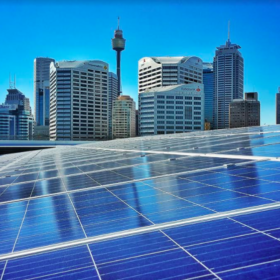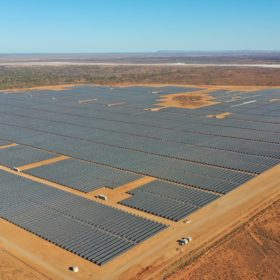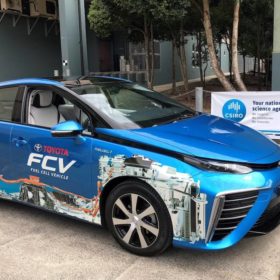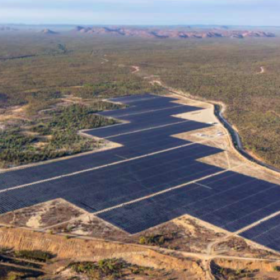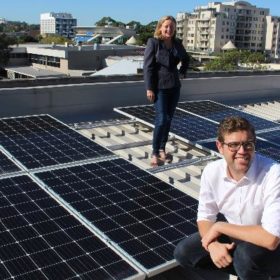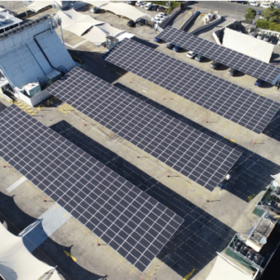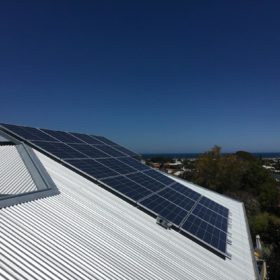Constraints lifted for five West Murray solar farms
In a major feat for the energy sector, the Australian Energy Market Operator (AEMO) has provisionally lifted generation constraints imposed on five solar farms in the West Murray Zone, following the successful testing of new tuned inverter settings this week.
Solar Bay begins $350 million solar buyback initiative
Renewable Investment Fund Solar Bay is dishing out its $350 million mandate over the next three years by buying on-site solar systems to provide discounted PPA’s. The move is part of an ongoing trend in smaller-scale renewable investment.
5B chooses Enphase inverters to bring power to bushfire communities
Sydney-based pre-fabricated solar array manufacturer 5B has selected Enphase IQ 7+ microinverters for the Resilient Energy Collective bushfire relief campaign. The initiative is looking to install stand-alone solar and Tesla battery systems at up to 100 sites around Australia affected by bushfires and floods.
South Australia forecast to add nearly 1 GW of big PV over the next four years
With more than half of its electricity already supplied by wind and solar, South Australia is setting the bar high for how to efficiently decarbonize the grid. As it moves toward its 2030 target of “net” 100% renewables, the speed of the state’s energy transition will depend on a host of factors.
Toyota unveils the first stage of its Altona green hydrogen hub
Toyota Australia has marked the 50th anniversary of Earth Day with the unveiling of the first stage of its green hydrogen production and refueling center at its former manufacturing site in West Melbourne.
The NEM saw 25% renewable generation in March
Rystad Energy’s analysis of the Australian National Electricity Market over the month of March revealed 25% generation from renewable sources as large-scale solar powers ahead.
Power Ledger, Nicheliving partner for large-scale solar energy trading rollout in WA
More than 100 apartments in Western Australia will get access to blockchain energy trading technology on the back of a three-year deal signed by Power Ledger and developer Nicheliving.
Solar to pay for a Ticket to Ryde
The City of Ryde has decided to adjust its ambitions from a 60% renewable energy target by 2030 to a 100% renewable energy target.
Partnership targets expansion of solar carparks
Sydney-based Solar Car Parks has partnered with Schletter Australia to launch the Heliopark range of solar car ports in Australia and Asia. Solar Car Parks says that beyond shading and power production, the Heliopark system can help prepare shopping centres for increasing demand from Evs.
Australian solar owners are saving more while staying at home because of Covid-19
Analyzing its fleet of solar sites, Solar Analytics has found that energy consumption in households due to Covid-19 confinement is up only slightly, if at all. While this is good news, the great news is that the onsite consumption of free solar power in these households is up significantly.

